Being someone who prefers to pack rather a bit too much than too little in order to be prepared for all eventualities, I pondered whether to take short-sleeved T-shirts? It was unlikely to stay frosty for long, but we were only at the start of April. In the end, I decided to bring one for each of us: we could always layer it underneath something warmer.
Arriving the next day, we had a snow fight though thawing had reduced the cover considerably. Then the day after, temperatures went up to 20 degrees Celsius - and stayed there for the rest of the holidays, rising even further to 25 degrees a few days later. Obviously, the jumpers and coats did not get so much as a side-way glance, but the T-shirts were washed regularly at night. It's the first time I've been so completely caught out, longing for some shorts, dresses or light-weight trousers and some open shoes. It drove home to me just how drastically the continental weather can change, how quickly it swings from winter to summer - and how much plants there have to cope with.
Four days on, it feels like the height of summer. The birds are going mad by the sound of it, butterflies seem to materialize out of blue air (I was going to say “thin air” but this deep forget-me-not blue sky cannot be called “thin” by any stretch of the imagination). Plants seem to explode. The dam is broken and a flood of green surges everywhere you cast your eye. All that energy, delayed and held back in bud, penned up so long out of chilly necessity by the unusually long wintery weather, has burst forth and you can almost literally watch them grow by the hour. Where there was bare ground two days ago now is carpeted in green.
After daffodils, hyacinths and other spring flowers literally lasted for months, cherry blossom, magnolias and many tulips now have come and either already are gone or are in that blowsy state that indicates they'll be past it in a matter of days, if not hours, rather than weeks. The horse chestnut trees, a few days ago still mostly in that felt-like silver-beige of unfurling new shoots and only showing hints of green, are in full leaf cover, their candles fully-grown with the first flowers already open. It's incredible, surprising me anew every year no matter how many times I've witnessed it before. It could be late May.
This happens, of course, much to any gardener’s chagrin in many a spring when a late frost destroys your hope of blossom or a good fruit crop or sees off your plants altogether if you were too optimistic and planted out too early. But these late frosts are “accidents”, so to speak. A plant tricked into growth by a previous period of favourable weather and conditions could not have “anticipated” this turn of events. And very rarely will these kill the entire plant. They might see off the first shoots or this year’s blossom but most perennial plants (including the woody ones) will eventually recover and continue to live. And annuals will only germinate once the soil temperature has risen to a certain level and stayed there for considerable time. No, if these late frosts really kill a plant, it’s usually your fault for planting out too early and/ or not protecting them.
But what if, like this year, it remained chilly throughout? And not just into late March and April but into June, say? Would trees and shrubs remain more or less bare until then? Would bulbs and perennials - safe those of early spring - hold back below ground? Or would their natural annual rhythm dictate that at some point, when it is perhaps past their normal flowering time already, they have to burst forth? While you could argue that such chilly “spring” would be like keeping plants in a fridge, the rise of the sun to a higher position in the sky and increased light levels would differ from fridge conditions, even if its warmth were not felt on the ground. Well - I guess this is a theoretical question, of no practical merit.
And as luck would have it, it is exactly where - for the first time since my mother gave me some shoots from her garden four years ago - a thick, lush carpet of lily-of-the-valley is unfurling and actually coming into bloom right now. A few weeks earlier I’d just have the pale-purple shoots to dig up, a few weeks later I could have picked the flowers as I already can count the buds… But if I want to save some now, I’ll have to move them by tomorrow morning 9am... Aaaargh - Murphy’s Law! Will they cope with the treatment at this stage of their development?? Or will the promising stalks with buds shrivel and die? Well, it might make leaving my garden behind that little bit easier – but I would have loved to be able to enjoy one last hurrah!
***
In the end, using a garden fork and hands rather than a spade I carefully lifted most of the patch in one piece. Trying to untangle the lilies-of-the-valley would have been impossible without breaking off many brittle shoots; using a spade would have made it too heavy for me to lift by including much more soil. I was huffing and puffing enough as it was, heaving the clump onto some large planter, tucking in the roots and shoots that threaten to overspill on all sides. The whole operation was not unlike removing big sods and stacking them elsewhere for future use - but grass is so much more forgiving, of course. Still, transferred into the shade and regularly sprayed with water a few days later they look better than I dared to hope. Another turn of the weather soon after - this time back to normal April temperatures and grey skies - will have helped. I may be able to enjoy a few flowers after all. Here is hoping.
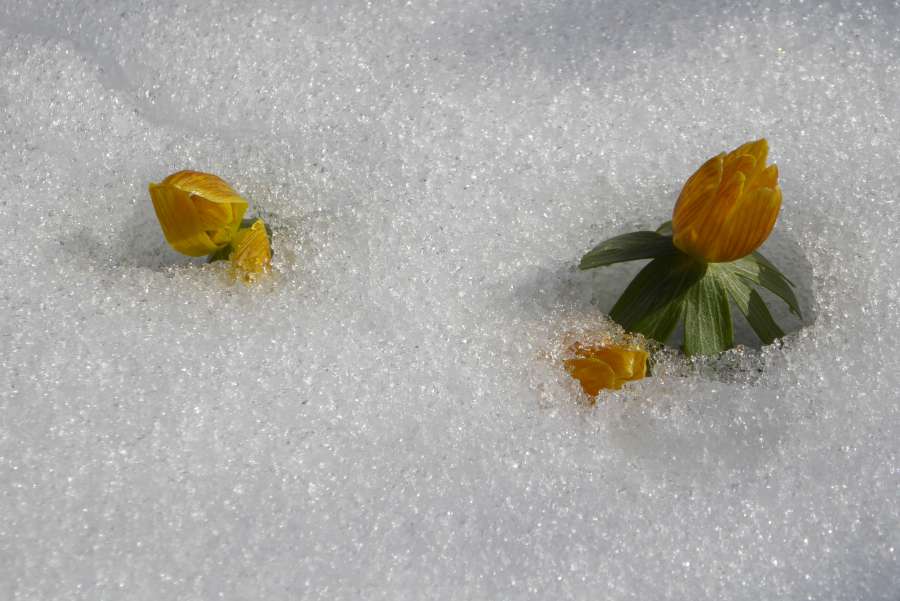
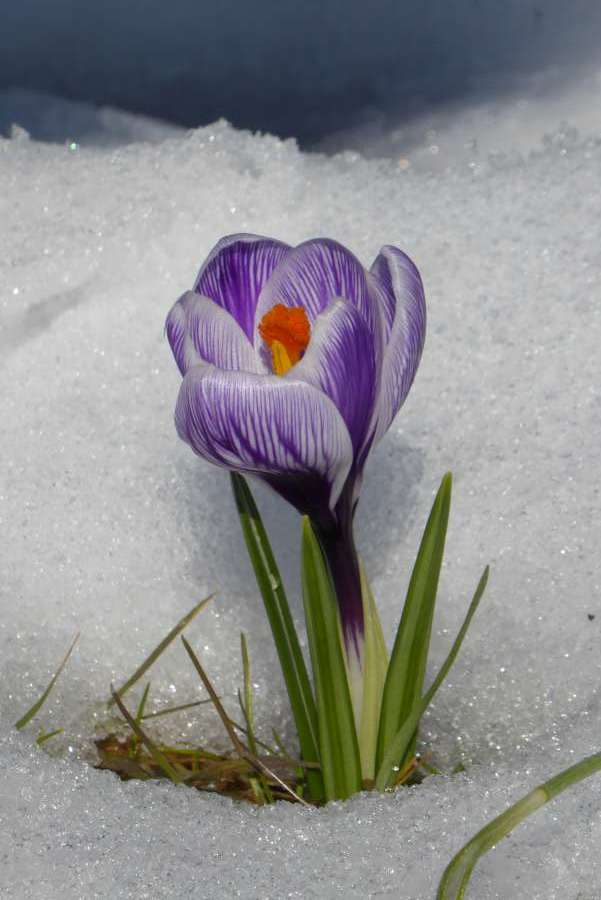
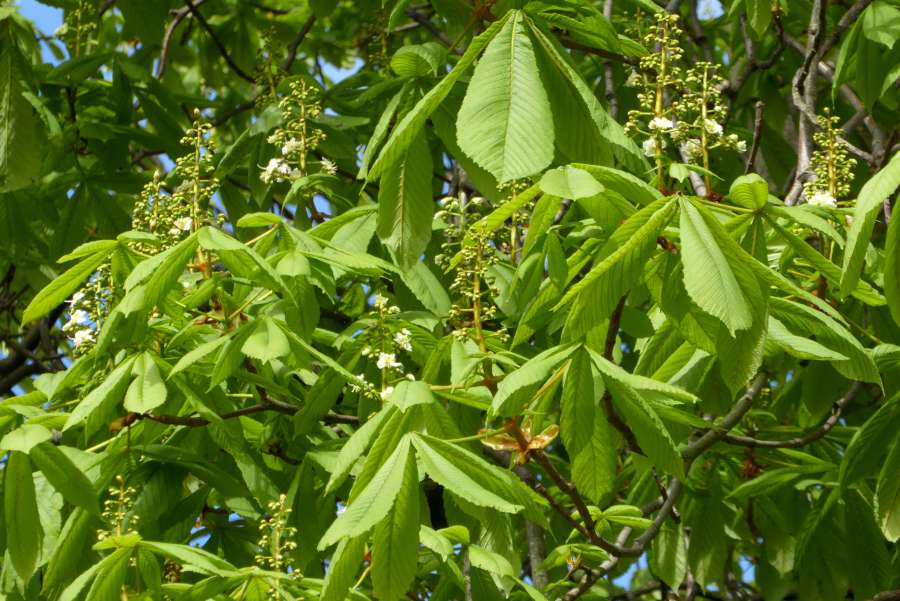

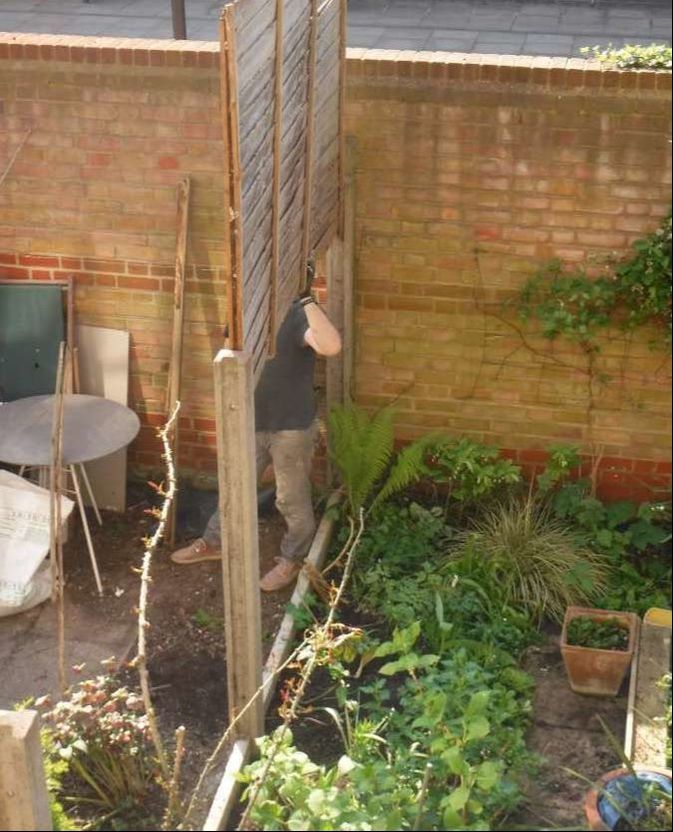
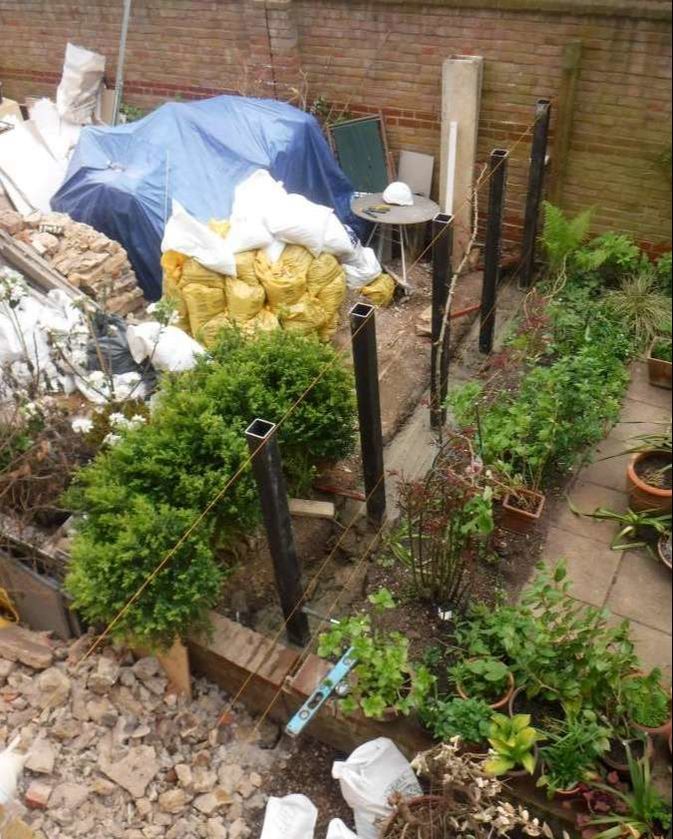
 RSS Feed
RSS Feed